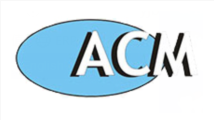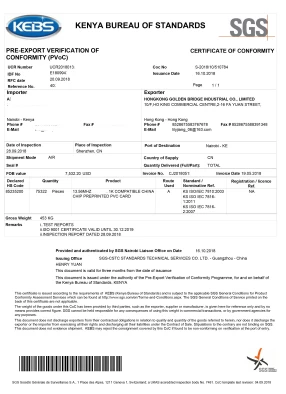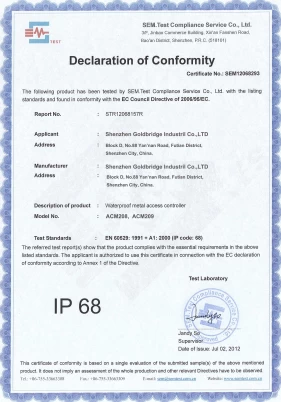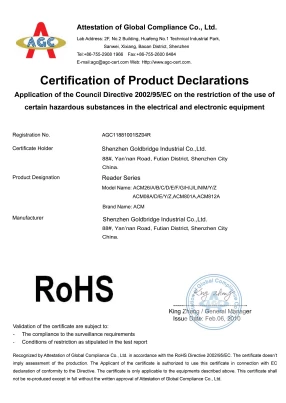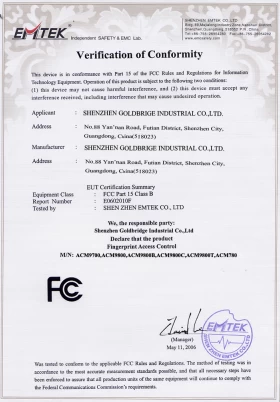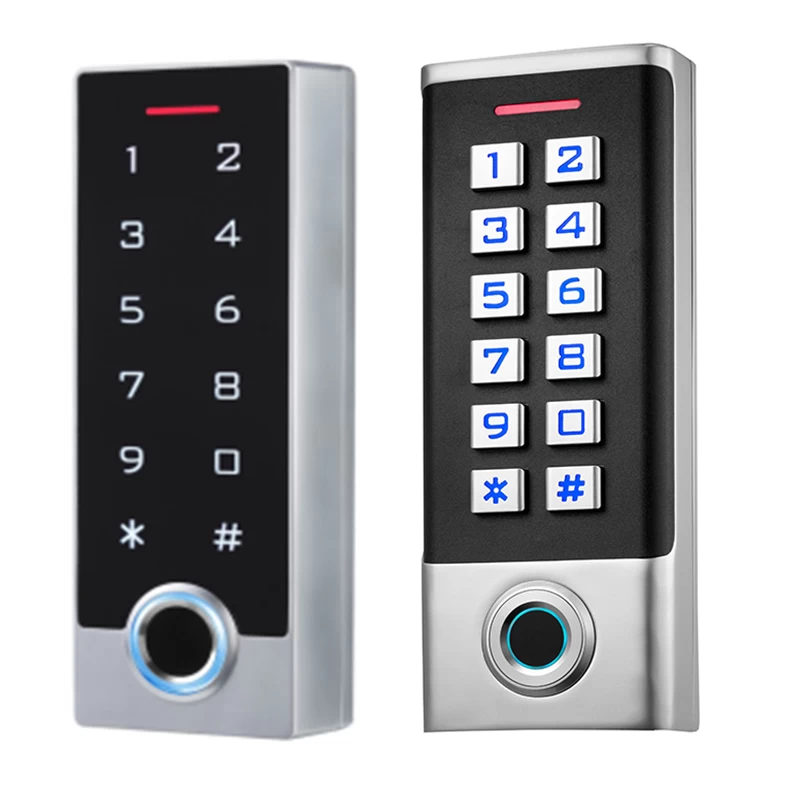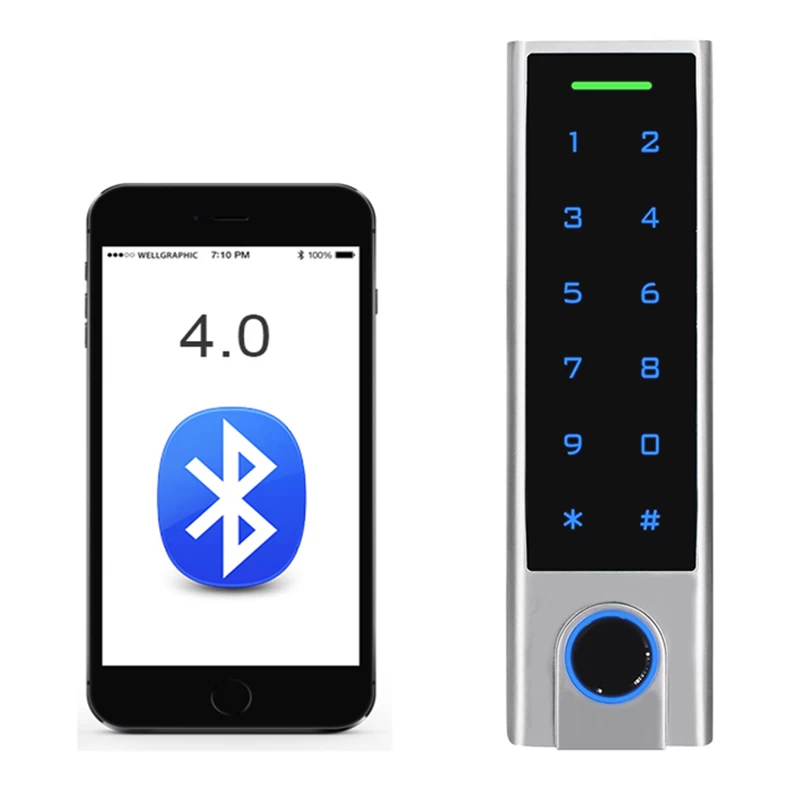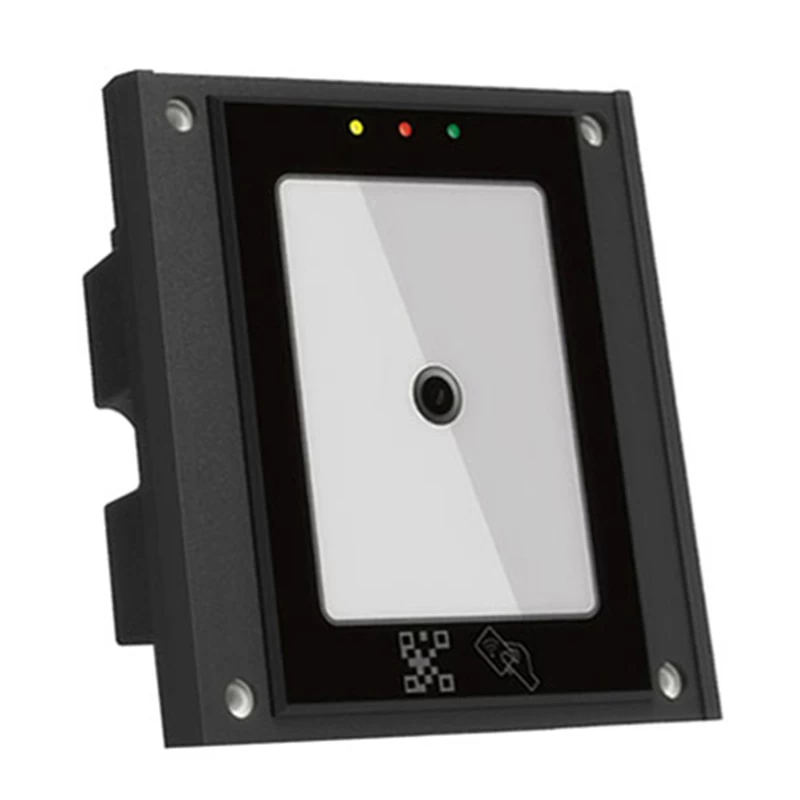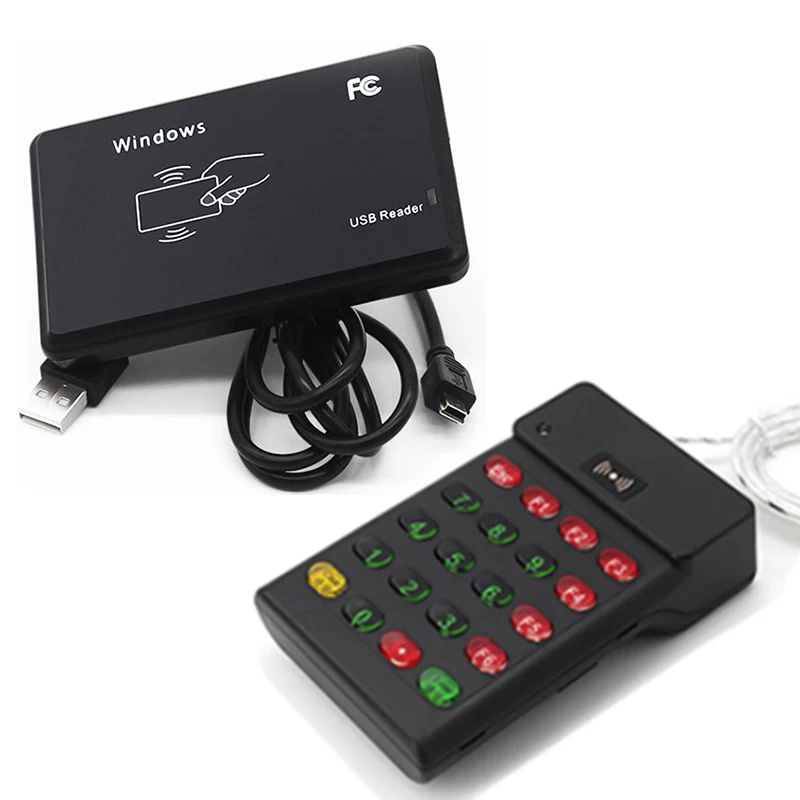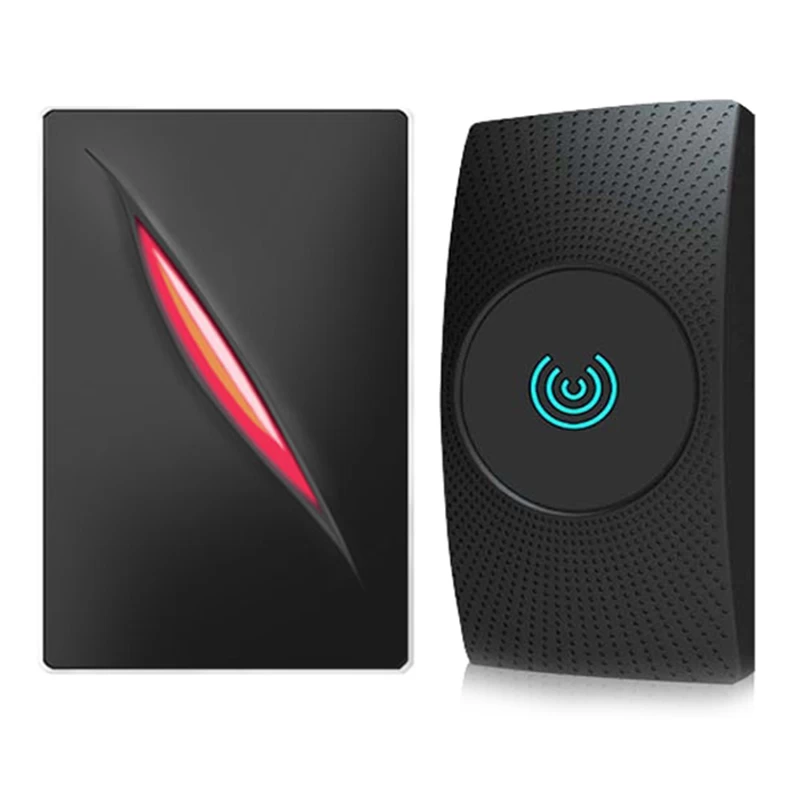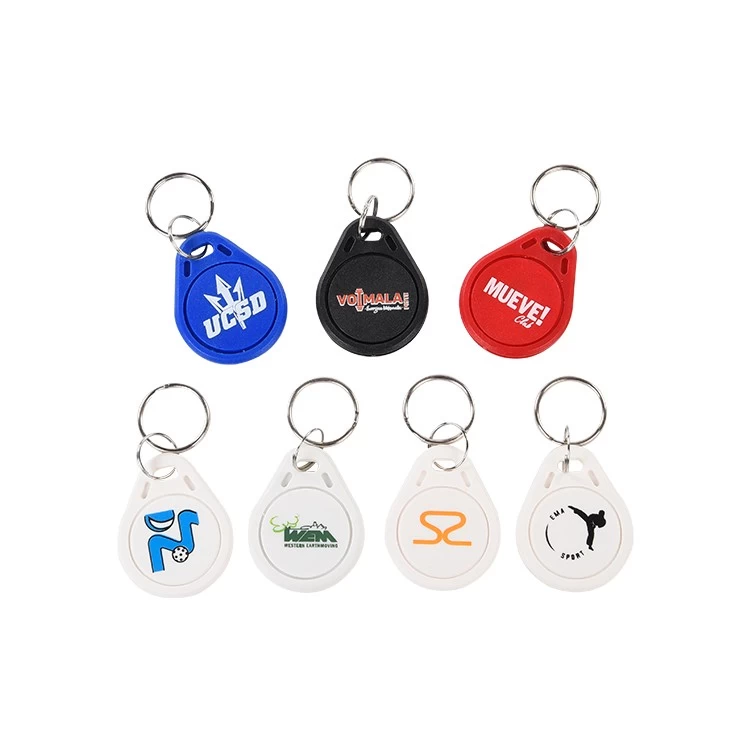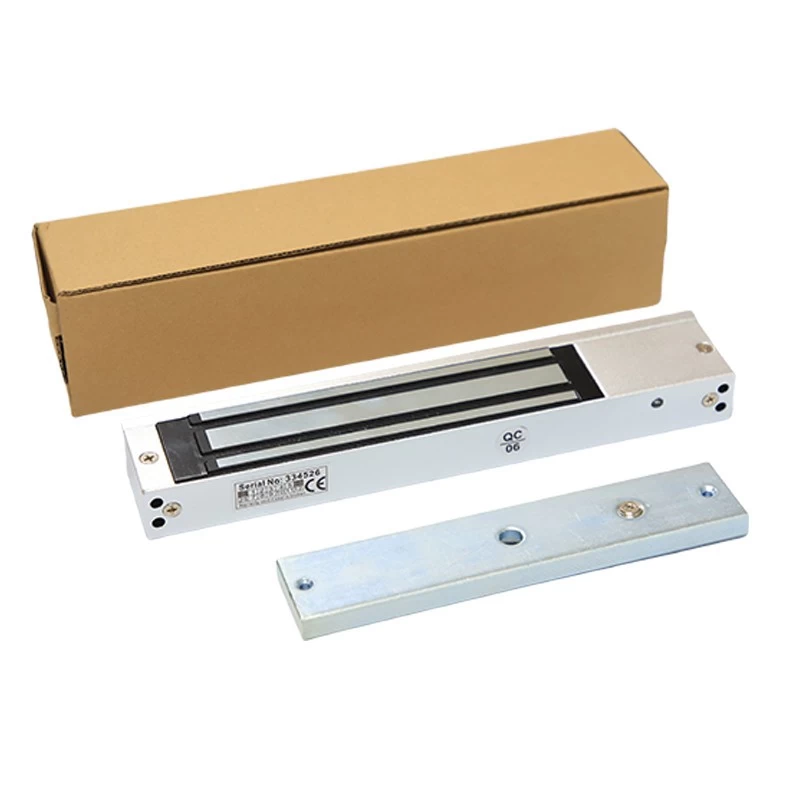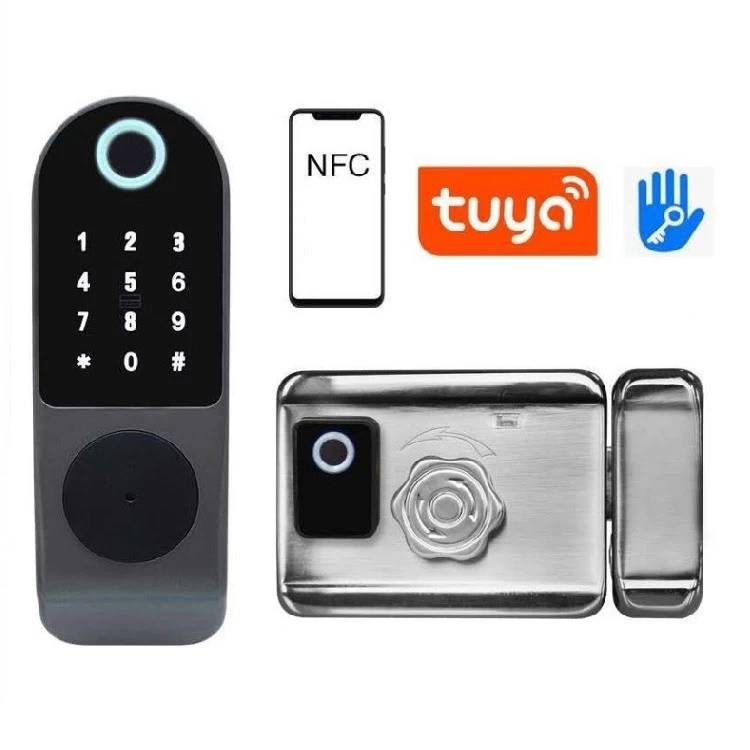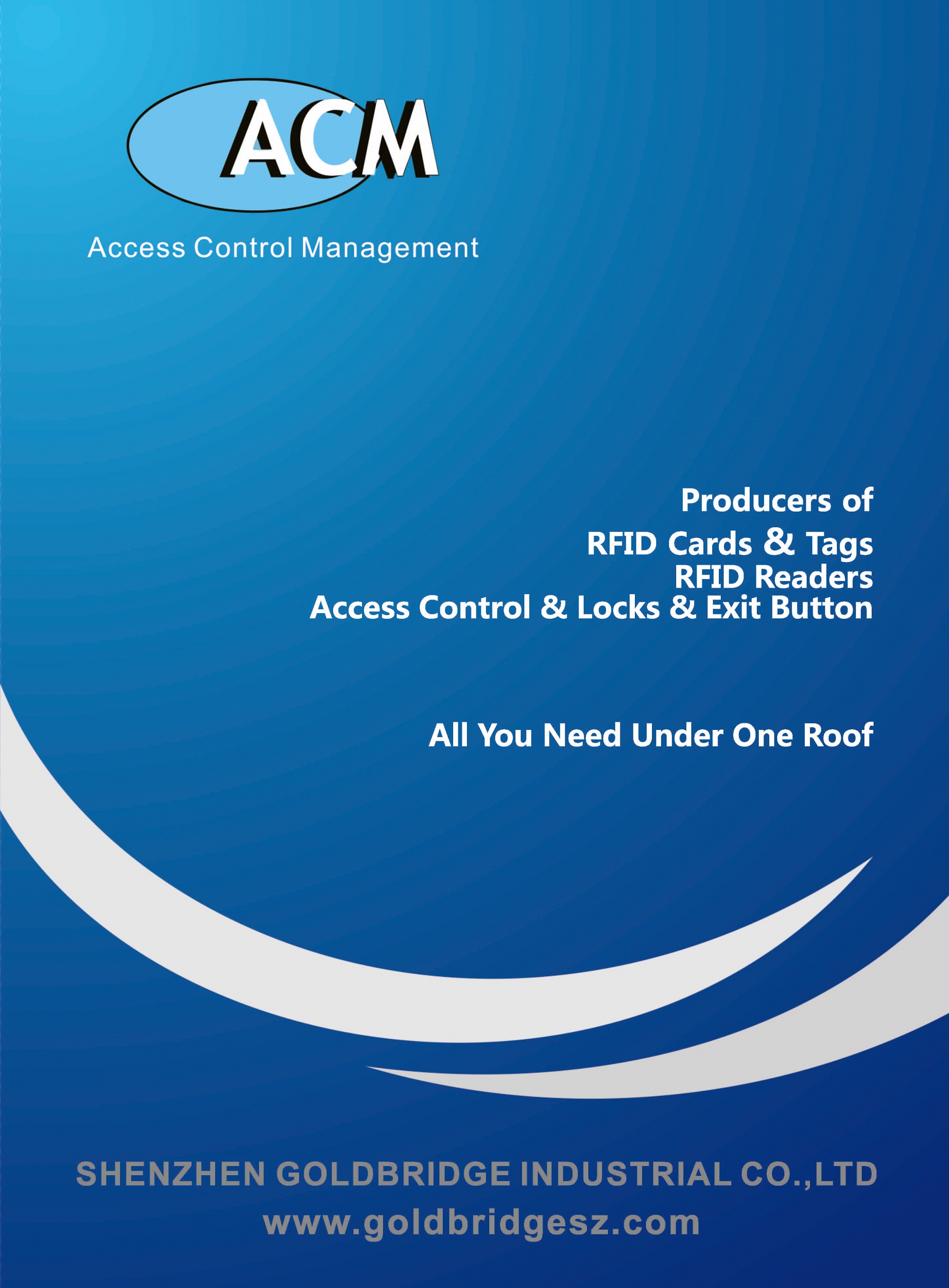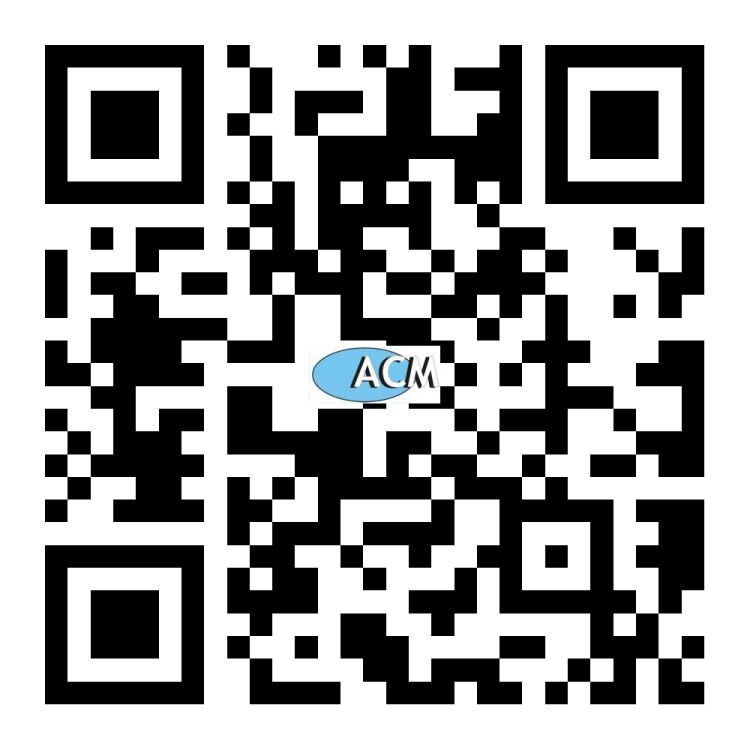NFC enables manufacturers to set up electronic devices wirelessly
The system supports wireless adjustment of electronic device settings, which mainly relies on ST's ST25DV dynamic NFC/RFID tag embedded in electronic devices, and Feig's IDLR2500 high-frequency remote reader and antenna.
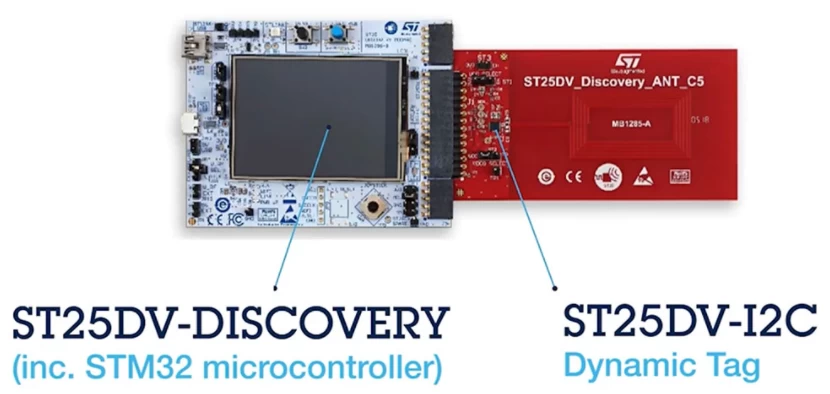
According to this solution, when the product is transported along the conveyor belt, the manufacturer can update the batch settings of the product in time, and consumers and maintenance personnel can use the same tags to access data and update firmware through NFC-enabled smartphones. According to Tania Guidet, ST25 Product Marketing Manager of STMicroelectronics, in the past, manufacturers had to use manual settings on the assembly line to adjust custom equipment, which may mean the need to re-adjust the destination of the product. , Then, for manufacturers, in fact, what a time-consuming process.
The two companies said that the NFC-based system provides a single solution that can be deployed in multiple stages at the same time, providing customized assembly lines, enhancing customer experience, and providing maintenance and repair services. Based on the engineering provided by Feig Electronic, the system also supports inventory tracking, inventory management and logistics management within a relatively long reading range through NFC.
However, this technology has some limitations for companies that use UHF RFID technology for inventory tracking. For example, if it is necessary to read tags from a distance, but because there is no built-in UHF RFID reader in the smart phone, then consumers will not be able to continue to obtain product-related data through the tags after purchasing the product.
According to the report of ST and Feig, when the NFC solution has the function of reading data in a long range, it can realize the function of reading multiple data through a single tag. Guidet explained: "The purpose here is to combine tracking applications (using FEIG readers), consumer NFC smartphone interactions with a single ST25DV radio frequency interface and antenna." She also said that NFC dynamic tags provide a link between the RFID transmission and the microcontroller unit (MCU) embedded in the device.
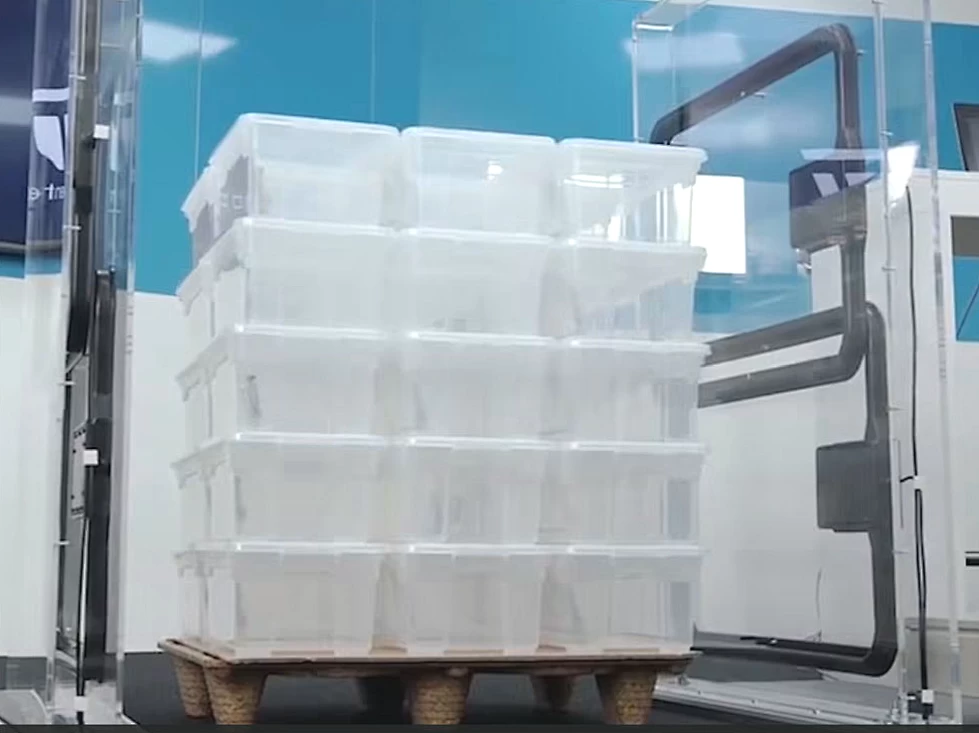
When goods are shipped from the factory, some data may need to be customized. For example, if a washing machine is sent to Germany, when the goods pass through the production line, the language in the machine settings can be updated to German, that is, the manufacturer can change the language settings of its software. The software is connected to the card reader via a USB cable, and then the Feig reader commands all tags in a particular batch to update the relevant data as the settings change. The tags built in the device will use HF-RFID that conforms to ISO15693 and nfc forum type 5 standards to receive and transmit product data within a longer reading range, and the MCU will make necessary adjustments to the settings.
The system is also suitable for consumers who use products such as printers, coffee machines or monitoring system hardware. These devices are equipped with an MCU to control the modes and interfaces of their internal devices. If the device is not running, the user can access data about the device failure. They can view information such as product models and error codes on the device through their smartphones, and can troubleshoot some faults through applications on the system, and even update the firmware on the machine through their smartphones.
In addition, the solution can access information on how to use the equipment and provide data support for diagnosing and repairing equipment. For example, the staff can use NFC or built-in HF RFID-enabled smartphones to capture data such as the life cycle of the washing machine, so as to better understand the current status of the washing machine and the actual problem of whether the washing machine needs maintenance.
The ST25DV-I2C dynamic label is not a new product. Guidet said that, in fact, the ST25DV-I2C dynamic tag was launched in 2016 and has been widely used in many industrial fields and consumer electronics applications. She said: "What we are really interested in is to expand the reading range of the reader by using the powerful features of the Feig solution, deploy existing solutions in a wider range, and use NFC technology to intelligently maintain and repair. Factory equipment." This remote capability allows manufacturers to program multiple products, such as several pieces of equipment on a pallet.
According to Andreas Löw, Manager of Marketing and Corporate Communications at Feig Electronic, in order to transmit data over long distances, Feig has constructed a system with a reading area of 1 square meter (3.3 square feet) and a system that can communicate with ST25DV tags. Have a uniform antenna field. He added: "For this, we use a high-performance HF RFID reader." Therefore, the system consists of Feig's idlr2500hf remote reader, power splitter, four-channel multiplexer and four idant800/600hf Remote antenna composition.
# Programming speed # Number of tags
The programming speed depends on the number of tags within the range of the reader.
Löw explained: "The more tags that need to be programmed, the more time it takes to read the data." The location of the tags and the reading distance between them also affect the rate of reading data. He pointed out that theoretically, the maximum value of the system is about 1000 tags, but this value is variable according to the conditions of each application.
Löw said that the two features of the solution-the writing process and power consumption, shorten the system processing time. For the former, the system is optimized to write multiple tags at the same time; for the latter, the power splitter will halve the switching frequency of the multiplexer by connecting two antennas to a common detection area.
Löw said that in early testing, Feig used its variable testing and configuration tool ISOStart+ to manage data. The company also provides a variety of standard software development kits for custom application software, which can individually adjust and optimize data sequences. Currently, several companies that requested anonymity are deploying the solution in their factories. The two companies predict that manufacturers of industrial and consumer products will feel these benefits.
# Product test # Wireless settings
When it comes to enabling wireless settings for electronic devices during product manufacturing, Guidet said, “The introduction of NFC simplifies the manufacturing process and provides flexibility for the manufacturing industry.” She added that potential users including any production needs to be programmed separately Companies of electronic components, such as smart meters and LED drivers, as well as consumer products such as household appliances, printers or digital electronics. For example, a smart meter requires functional settings of different firmware. As different European countries have different regulations, smart devices require different configurations in terms of language, interface, and performance parameters.
Löw also said that for manufacturers that produce consumer goods, the advantage of the system is to achieve a personalized and more efficient manufacturing process. With the application of NFC, it is no longer necessary to take the products out of the box one by one for personalization or programming, which saves a lot of time. Now, when the product tray is RFID-enabled, the product can be personalized and automatically produced.
